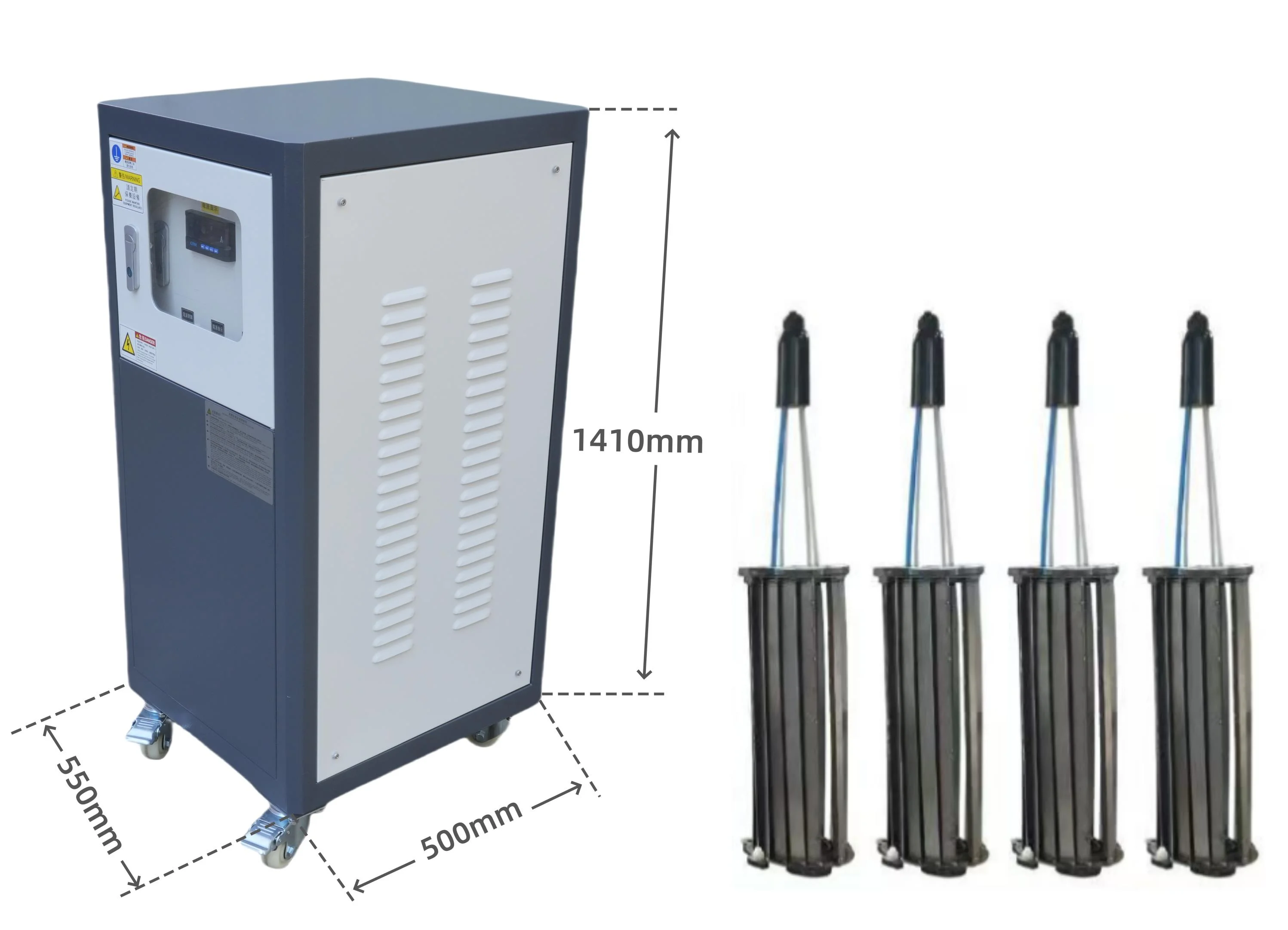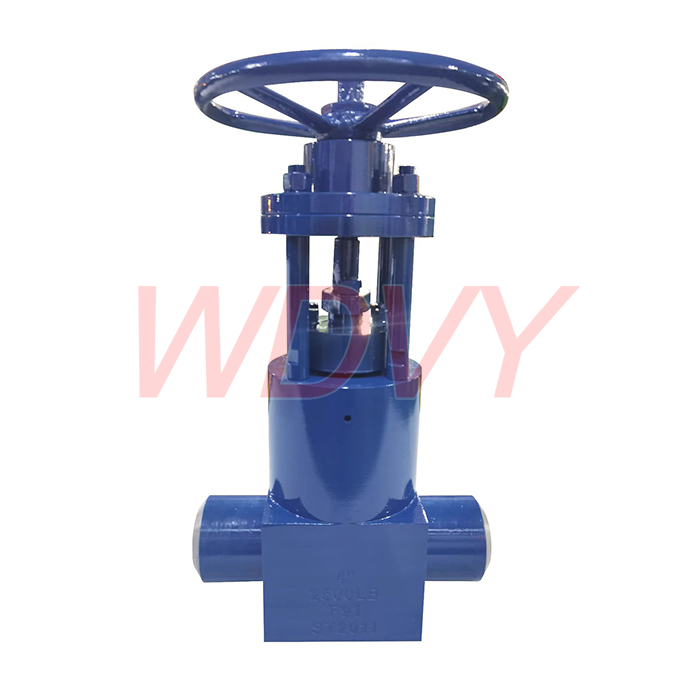
Clothes are an essential part of our daily lives. They not only protect us from the elements but also serve as a means of self-expression. However, have you ever wondered how long your clothes last? Are they considered semi-durable goods? In this blog post, we will explore the durability of clothes and whether they fall under the category of semi-durable goods.
What are Semi-Durable Goods?
Semi-durable goods are products that have a lifespan of between three to five years. They are not considered long-lasting, but they are not disposable either. Examples of semi-durable goods include clothing, footwear, and household appliances. These products are expected to last for a few years before needing to be replaced.
The Durability of Clothes:
Clothes are made from a variety of materials, including cotton, polyester, and wool. The durability of clothes depends on the quality of the material, the construction, and the care given to them. High-quality clothes made from natural fibers tend to last longer than those made from synthetic materials. Clothes that are well-constructed with reinforced seams and quality stitching also tend to last longer.
However, the lifespan of clothes also depends on how they are cared for. Clothes that are washed and dried properly and stored correctly can last for years. On the other hand, clothes that are washed in hot water, dried on high heat, and stored in damp conditions will deteriorate quickly.
The Environmental Impact of Clothes:
The fast fashion industry has led to an increase in the production and consumption of clothes. This has resulted in a significant environmental impact, including the depletion of natural resources and the generation of waste. The production of synthetic materials like polyester also contributes to the release of greenhouse gases.
Conclusion:
In conclusion, clothes can be considered semi-durable goods, with a lifespan of between three to five years. The durability of clothes depends on the quality of the material, the construction, and the care given to them. To reduce the environmental impact of clothes, it is essential to choose high-quality clothes made from natural fibers, care for them properly, and avoid fast fashion.




